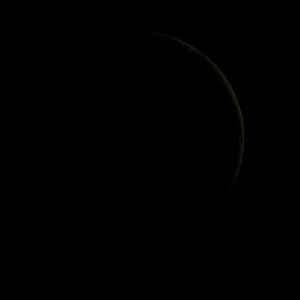|
|
Space Astro
|
Info for exoplanet "Rokya Mopyu"
| Scientific (actual) data |
|---|
| Name | Kepler-850 b |
| Planet status | Confirmed |
| Radius | 0.159 |
| Orbital period | 7.19304 |
| Discovered | 2016 |
| Updated | 2021-02-05 |
| Tconj | 2454970 |
| Publication | Announced on a website |
| Detection type | Primary Transit |
| Alternate names | 2MASS J19322027+4834314 b, K01440.01, KIC 11032227 b, KOI-1440 b, KOI-1440.01, WISE J193220.26+483431.4 b |
| Star name | Kepler-850 |
| Right ascension | 293.08° |
| Declination | 48.58° |
| Mag j | 14.372 |
| Mag h | 14.076 |
| Mag k | 13.987 |
| Star distance | 1535 |
| Star metallicity | 0.03 |
| Star mass | 1.06 |
| Star radius | 1.09 |
| Star age | 3.89 |
| Star temperature | 5932 |
| Star alternate names | 2MASS J19322027+4834314, KIC 11032227, KOI-1440, WISE J193220.26+483431.4 |
| Wikipedia article | Kepler-850 b |
Back
| |
| Fictional info (?) |
|---|
| Suggested name | Rokya Mopyu |
| Planet type | Cold planet |
|
| Atmosphere | Ozone | 38% |
| Hydrogen | 34% |
| Carbon monoxide | 19% |
| Nitric oxide | 8.8% |
| Formaldehyde | 0.077% |
| Argon | 0.038% |
| Sulfur dioxide | 0.00047% |
| Atmospheric pressure | 0.011 bar |
 |
| No known satellites |
| Google search for Rokya mopyu |
|
Website by Joachim Michaelis
|
|
|
|